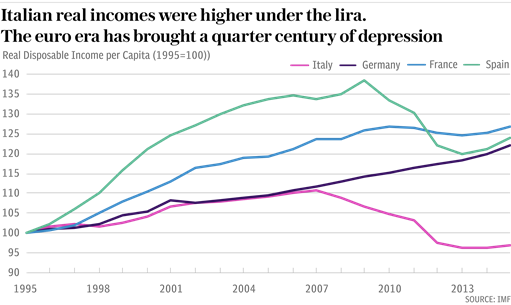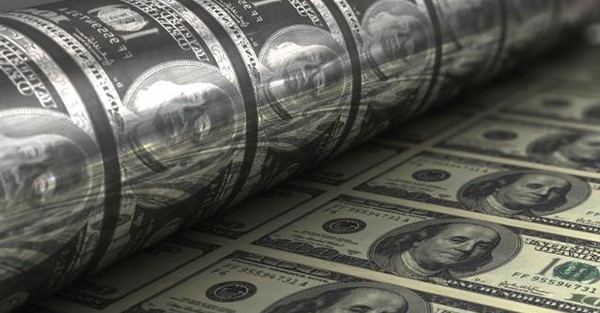“We’ve arranged a global civilization in which most crucial elements profoundly depend on science and technology. We have also arranged things so that almost no one understands science and technology. This is a prescription for disaster. We might get away with it for a while, but sooner or later this combustible mixture of ignorance and power is going to blow up in our faces.”
- Carl Sagan, The Demon-Haunted World: Science as a Candle in the Dark.
The White Sands Proving Ground sits in the Jornada del Muerto desert, southeast of Socorro, New Mexico. On July 16, 1945, it became the test site for the world’s first nuclear detonation. The Manhattan Project – the race to build the bomb – had started modestly enough six years earlier, but as it gained momentum would go on to employ more than 130,000 people and expend the equivalent of $26 billion in today’s money.
Among the scientists and military men in attendance, there was no consensus as to what the results might be. The physicist Norman Ramsey forecast that the bomb would fail to go off completely. Robert Oppenheimer predicted an explosive yield equivalent to 300 tons of TNT. The Ukrainian-American chemist George Kistiakowsky plumped for 1,400 tons of TNT. The German-American physicist Hans Bethe went for 8,000 tons of TNT. The Polish-born physicist Isidor Isaac Rabi chose 18,000 tons of TNT (he would win the bet).
But the Italian physicist Enrico Fermi proposed a different wager altogether. He darkly suggested two options: given that the atmosphere would ignite, would the blast destroy just the state, or would it incinerate the entire planet ?
Fermi’s prediction was not as outlandish as it sounds today. Earlier in the war, in the spring of 1942, German physicists approached Hitler’s Minister for War Production, Albert Speer, to discuss the possibility of their building a nuclear bomb…
…click on the above link to read the rest of the article…








On Rational Optimism
March 23, 2018
ON RATIONAL OPTIMISM
“We got stick for questions like, ‘Who came second in the last war?’” he recalled. “But the contestants weren’t always the brightest tickets — some of their IQs didn’t reach room temperature. Once I accidentally read out the question and the answer: ‘Where was President Kennedy assassinated, in Dallas?’ And the contestant still answered ‘Chicago’.”
Harold Pinter’s The Birthday Party is perhaps his most celebrated play. In a shabby seaside boarding-house, Stanley Webber, a retired pianist, is visited by two disquieting strangers, Goldberg and McCann. The Birthday Party introduced a generation of theatre-goers to the Pinteresque pause, to Pinteresque word play, to the ‘comedy of menace’ and ‘the theatre of the absurd’. There is an anecdote about the play that Pinter himself frequently retold. Having seen a recent production, a woman wrote to the playwright and asked,
Pinter’s response:
Touché.
In his best-selling book Sapiens, Yuval Noah Harari asks what it is about the human species Homo Sapiens that caused it to win out against all its competitor species during man’s prehistory. One of his answers (spoiler alert) is that the ability of Homo Sapiens to cooperate in large numbers arose from our unique ability to believe in things that exist solely in the imagination, such as gods, countries, and money. Human beings, he argues, have a distinctive cognitive capacity for fiction.
Our aptitude for the largely imaginary also leaves us with a perverse requirement for certainty where certainty cannot exist. (Nobody, other than economists, ever said that human beings were either consistent, or rational.) A good example is financial market commentary provided by traditional media. Why did the market perform the way it did yesterday ? Traditional media will tell us. Whether there is any fundamental ‘reality’ or substance to their account is debatable.
…click on the above link to read the rest of the article…